Photos taken by Dominique Ziehl (Smith College), Student Correspondent for CET Brazil, Fall 2023
CET Headquarters
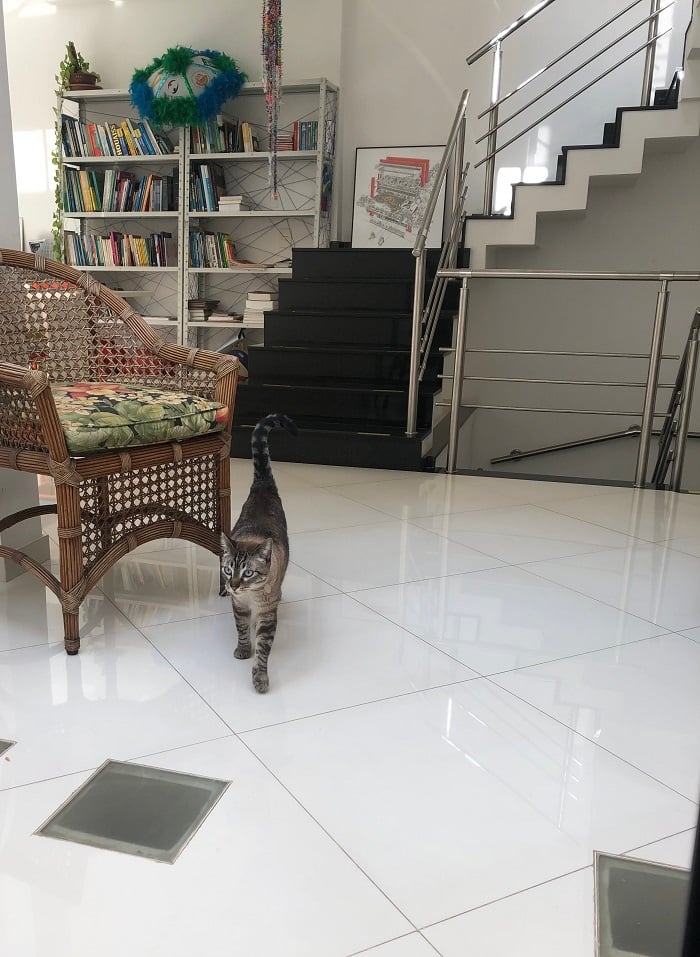
I spend most of my time in the CET building for nice vibes and homework. We have a neighborhood cat who visits the center often. His name is Zaff (of Zafi – no one really knows how his name is spelled. We only hear his owner next door shout for him daily).
For some reason, he really likes to come inside and venture off into the farthest corners of the building. Upstairs, downstairs, over things, under others—everywhere. He is an absolute menace. We used to let him inside for visits, but now we need to keep him outside; he’ll never leave. And now he just sits outside meowing incessantly for someone to invite him in. Most mornings, and even nights when I walk down that street, I find him waiting outside his house for someone to let him in CET. Unfortunately, the neighbor took Zaff with her to another house, so he isn’t around anymore for visits.
September 1
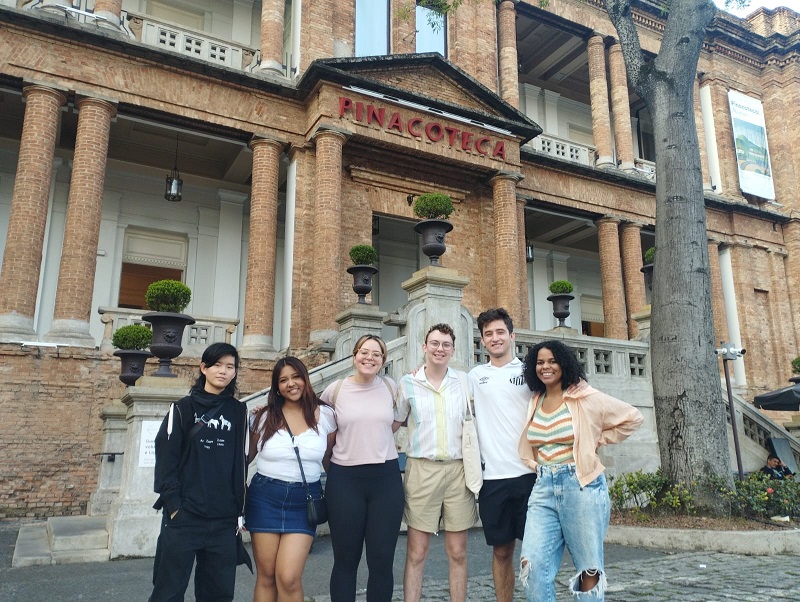
For one of our weekend activities, we visited Pinacoteca de São Paulo, one of Brazil’s most important contemporary art museums. The space hosts permanent and temporary exhibitions and mixes traditional, historical works with contemporary ones. Statues, mixed media, sculptures, paintings, photographs, and full-room art installations can be found here.
Salvador da Bahia
Traveling to Salvador da Bahia is part of CET’s curriculum so students can experience Brazil outside of a major city. Our itinerary centers around religious and social manifestations of Black culture resulting from the African diaspora.
On the first day there, we took a van to Feira de São Joaquim (Saint Joaquim Market). It is a local market—not at all occupied by tourism—that sells produce and other goods relating to social and religious ceremony.
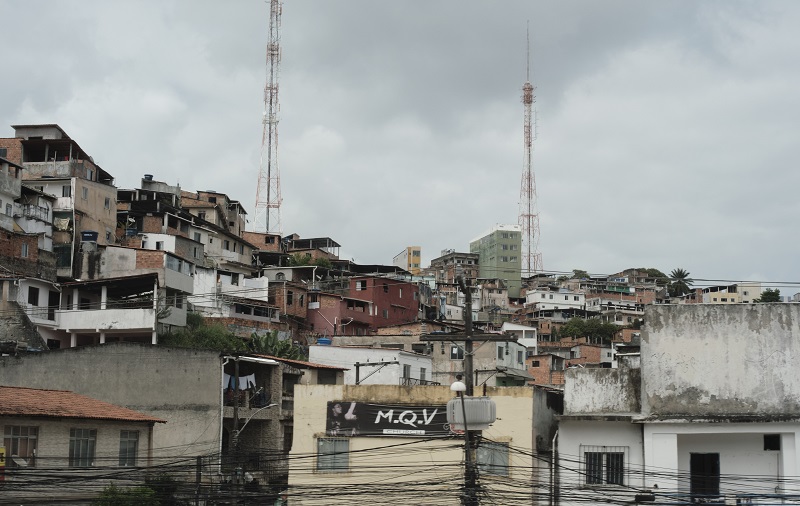
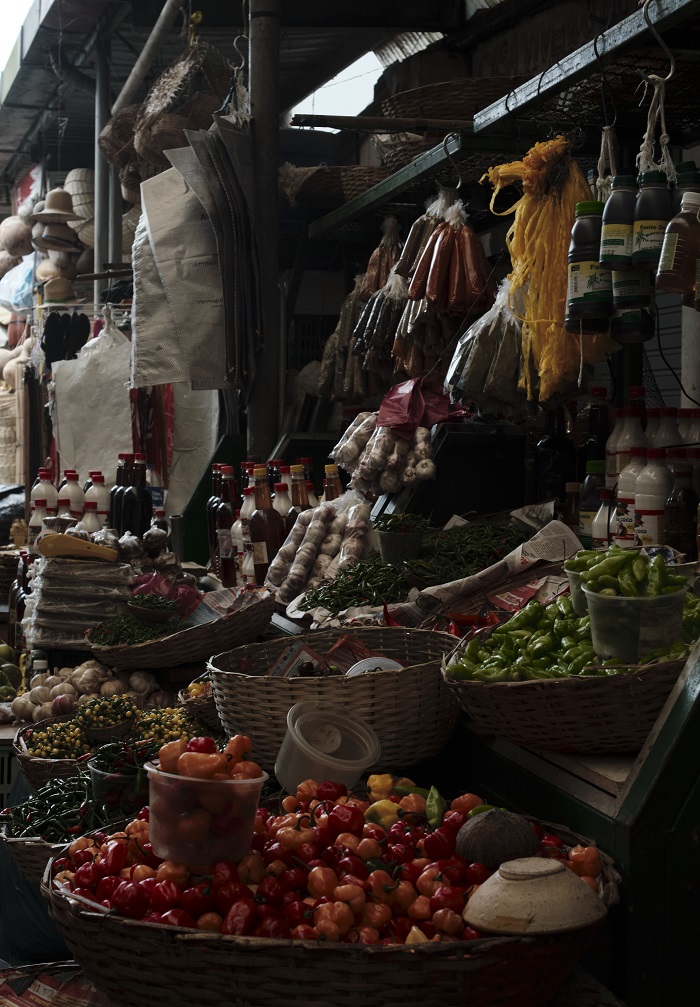
All the ingredients necessary for classic and ceremonial dishes can be bought here, as the market is broken up into main sections of vegetables and fruits, meat, cookware and ceremonial items, and seafood. Part of the market is right on the waterfront, with a portion of the produce being fresh from the sea.
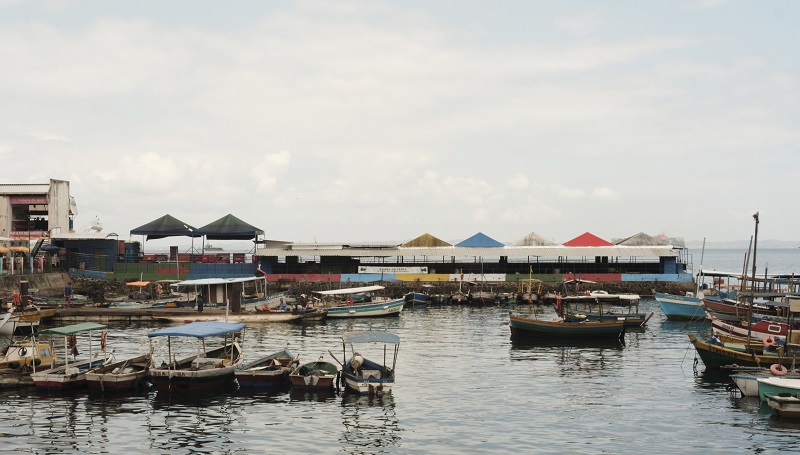
On Wednesday, September 28, we toured the city and stopped at a restaurant by the water for a big lunch. There were two young boys who passed by a few times, making toys out of palm leaves and handing them to people.
A few of us got flowers of different kinds and angel fish on fishing poles. These pieces usually brown over time, sometimes within hours. Because of the nearby harbors and the availability of boat construction supplies, the boys told us that using varnish can help slow this process.
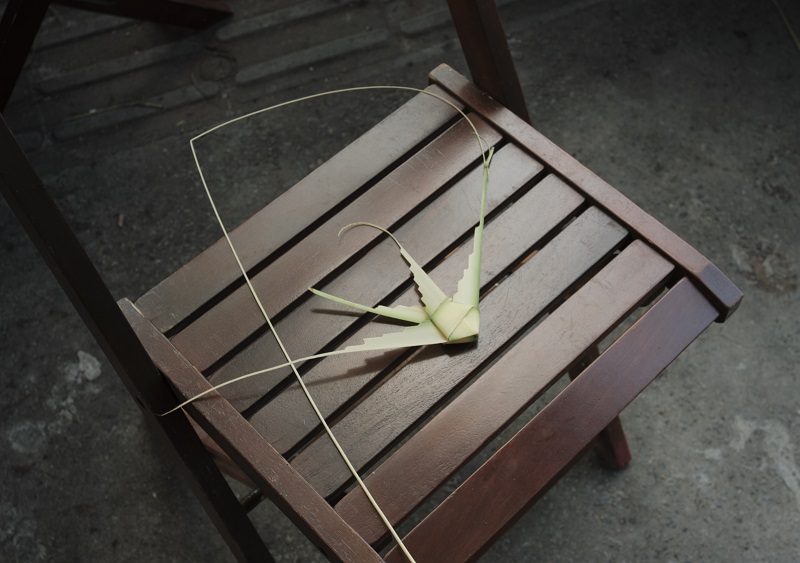
These kids usually make these toys for tourists in hopes of receiving donations, and we did offer some the first time they passed us. The second time, we also offered to share our lunch and afternoon with them. I was really touched by the friendliness and humanity in such small gestures—first with the boys making these palm leaves for us and then sharing the afternoon with us.
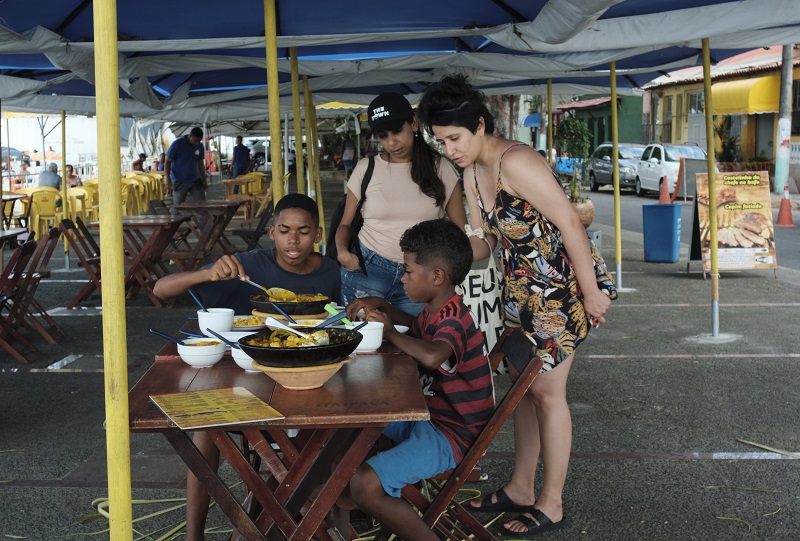
Below are some pictures of the places we visited over our stay:
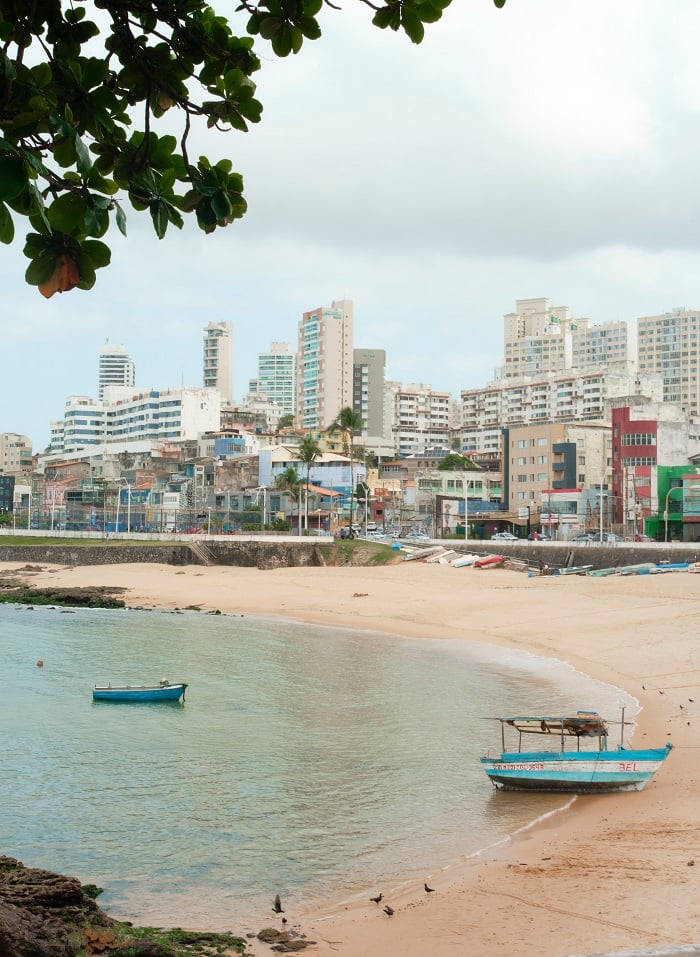
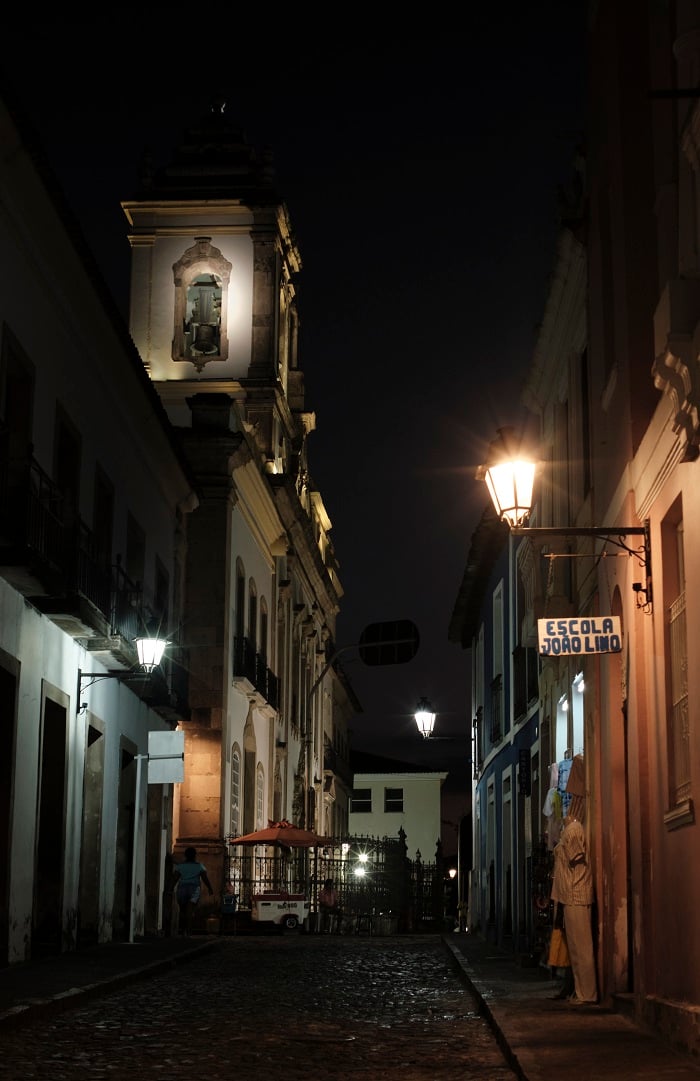
Salvador is very geographically diverse, from its coastline to its inner-city and rural suburbs. I’m glad that we were given the opportunity to see all these facets and round out our understanding of the state and its people.